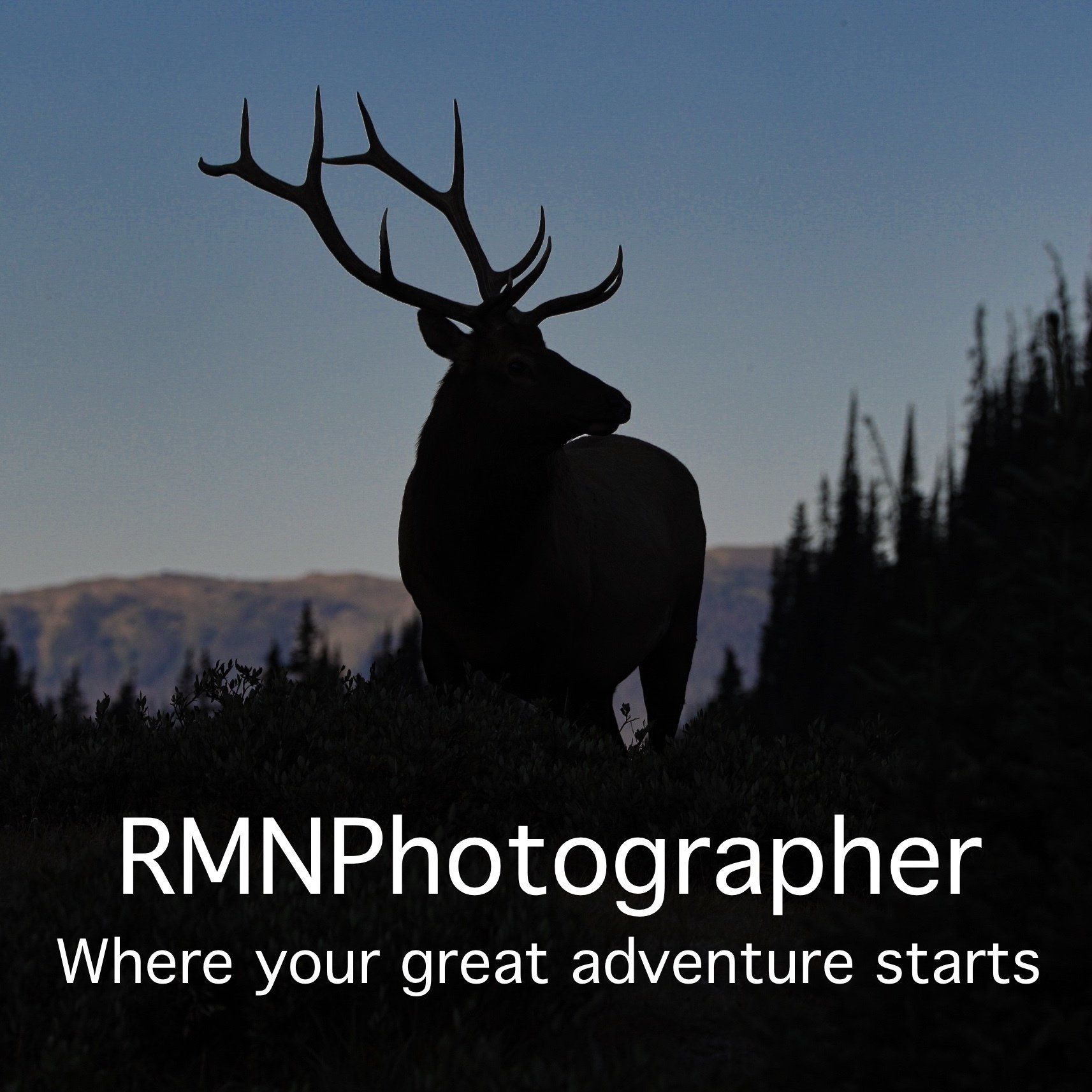RMNPhotographer Safety Procedures
- Follow all instructions of your RMNPhotographer guide. As participants, understand you and your group can minimize risk of injury by following the procedures stated by RMNPhotographer, the rules established by Rocky Mountain National Park, being aware of your surroundings, and exercising the use of common sense.
- Exercise reasonable care for your own safety and be fully responsible for the safety of children under your care.
- Do not open doors or attempt to exit the vehicle until the driver has come to a complete stop. Keeps hands and heads inside the vehicle.
- The ground and vegetation in RMNP is very sensitive, especially the tundra above treeline. Avoid walking on the tundra, stay on designated trails and pathways, and do not climb on rocks.
- The RMNPhotographer Tour Guide will provide time designations for stops. Please, for the sake of all involved, return to the vehicle at the designated time.
- There are restrooms along the way, and we will make periodic stops. If you need a restroom break, please let your guide know, and every effort will be made to stop at the nearest available restroom. Note that most restrooms in RMNP are pit-toilets and will not have the cleanliness and amenities you may be used to.
- If/when we see wild animals, remember they are wild. Do not make noises, calls, or try to imitate animal sounds as this may startle the wild animal and make them aggressive.
- RMNP recommends staying at least 75 feet (the length of two school buses) from deer, elk and bighorn sheep and 120 feet from moose or bear. Most photography must be done from the roadways.
- If you should inadvertently find yourself closer than recommended to an animal, or if an animal moves toward you, slowly back away (do not run) toward the tour vehicle. Danger/warning signs include:
- Elk may become agitated, lay their ears back, stare directly at you, kick or paw at the ground. Bull elk may lower their antlers toward you.
- Moose may snort, adjust their stance as if they feel threatened, lay their ears back, or stare directly at you.
- Bears may yawn or clack their teeth, put their heads down, lay their ears back, and pound their front paws on the ground while huffing.
Note that all animals are much more aggressive when a) they are protecting their young, and b) it is mating season (the fall rut). Take special cautions when viewing animals with babies or during the rut.
10. If, while participating in the tour, you observe any hazard which you believe jeopardizes personal safety of you or others, remove yourself from participation and immediately bring said hazard to the attention of RMNPhotographer guide.




